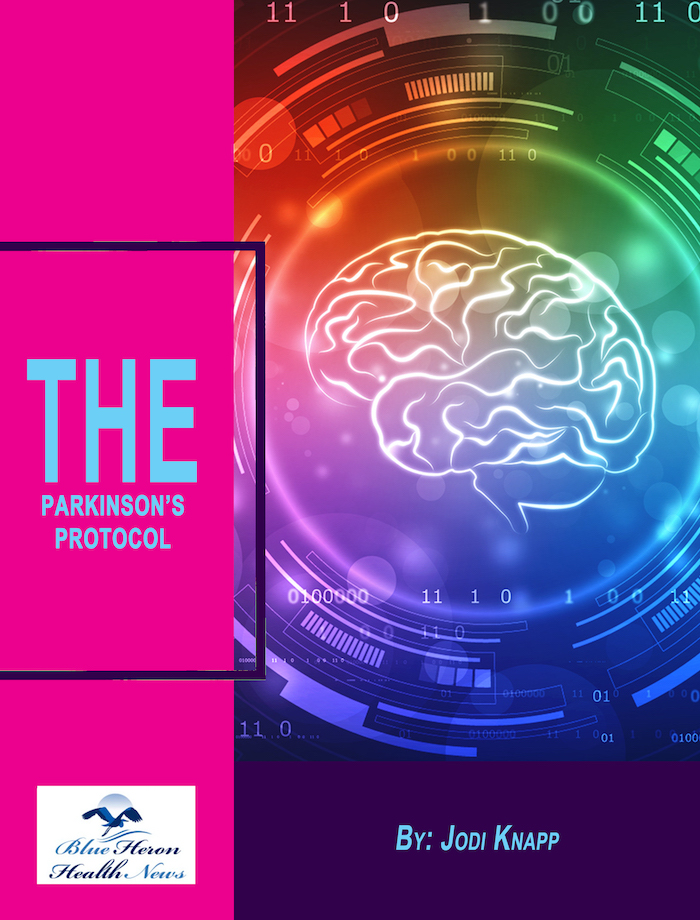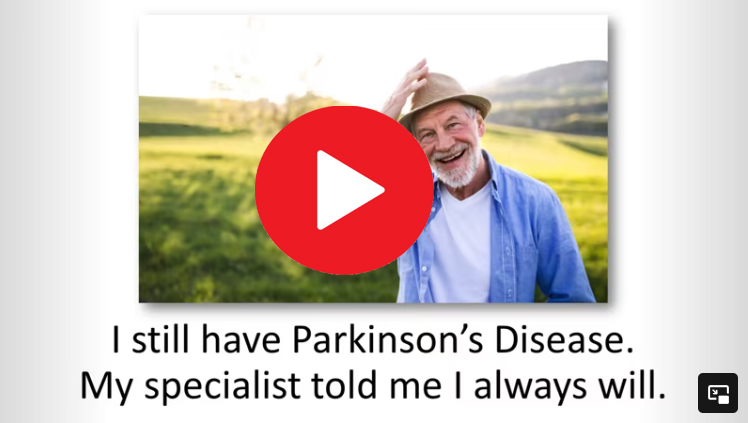
The Parkinson’s Protocol™ By Jodi Knapp Parkinson’s disease cannot be eliminated completely but its symptoms can be reduced, damages can be repaired and its progression can be delayed considerably by using various simple and natural things. In this eBook, a natural program to treat Parkinson’s disease is provided online. it includes 12 easy steps to repair your body and reduce the symptoms of this disease. The creator of this program has divided into four segments to cover a complete plan to treat this disease along with improving your health and life by knowing everything about this health problem. The main focus of this program is on boosting the levels of hormone in your brain by making e a few easy changes in your lifestyle, diet, and thoughts
Are there cultural considerations for diagnosing and treating Parkinson’s disease in Indigenous communities in Australia?
Yes, there are several cultural considerations for diagnosing and treating Parkinson’s disease in Indigenous communities in Australia. These considerations are important to ensure that healthcare is both culturally sensitive and effective in addressing the unique needs of Indigenous populations. Below are some key factors:
1. Traditional Healing Practices and Beliefs
- Traditional medicine and healing practices are an integral part of Indigenous cultures in Australia. Elders or traditional healers (often called “law people”) play a significant role in the community’s health, and their wisdom and practices are deeply respected. Many Indigenous people may first turn to traditional healers or ceremonies for treatment before seeking conventional Western medicine.
- Parkinson’s disease may be interpreted differently in Indigenous cultures. For example, symptoms such as tremors, stiffness, and slow movements may be seen as part of natural aging or attributed to spiritual causes, such as the “disconnection” between the body and the environment. Understanding these interpretations is vital when offering a diagnosis and explaining the disease.
- In some communities, there may be a reluctance to engage with Western medicine due to past experiences of mistrust and cultural dislocation from healthcare systems that do not recognize or respect traditional beliefs.
2. Mistrust of the Healthcare System
- Many Indigenous Australians have experienced historical trauma, such as the Stolen Generations, where children were forcibly removed from their families, and discriminatory treatment within healthcare systems. This has contributed to a deep-seated mistrust of Western medical institutions.
- To address this, healthcare providers need to engage with Indigenous communities in a culturally respectful and transparent manner, building trust through culturally competent care, patient-centered communication, and collaboration with Indigenous health workers who can bridge the gap between traditional and Western practices.
3. Involvement of Family and Community
- Indigenous cultures often have a strong emphasis on community and family, with decision-making often being collective. When diagnosing and treating Parkinson’s disease, it’s important to involve the family and community in the process, especially since care may be shared among extended family members or community groups.
- A holistic approach to care is crucial, considering the mental, physical, and spiritual well-being of the patient. A family-centered approach ensures that all support systems, including cultural needs, are addressed.
4. Social Determinants of Health
- Indigenous Australians face significant health disparities due to factors such as geographical isolation, poverty, and limited access to healthcare services. For many living in remote or rural areas, access to specialists, such as neurologists or physiotherapists, may be limited.
- The lack of access to diagnostic tools, medications, and treatment options for Parkinson’s disease in rural communities can delay diagnosis and hinder proper care. This disparity needs to be addressed through telemedicine, mobile healthcare units, and community outreach programs to ensure equitable access to care.
5. Importance of Language and Communication
- Language is an essential aspect of culture, and many Indigenous people speak languages other than English as their first language. This may create communication barriers when explaining medical diagnoses and treatment options.
- Ensuring that culturally appropriate health materials are available in local languages, or involving bilingual health workers, can improve understanding and the quality of care provided.
- Respectful communication that recognizes cultural nuances—such as non-verbal cues and indirect forms of communication—is also essential in building rapport and trust.
6. Diet and Lifestyle Factors
- Indigenous communities may have specific dietary preferences and traditional foods that differ from mainstream dietary recommendations. These foods may not always align with medical advice, especially when it comes to managing Parkinson’s disease and related conditions.
- Health professionals should work collaboratively with patients and their families to find dietary approaches that are respectful of cultural practices while still promoting optimal health. This includes considering the role of bush foods and other traditional food sources in the overall management of Parkinson’s disease.
7. Spiritual and Cultural Healing
- Spirituality is deeply rooted in many Indigenous communities, and traditional ceremonies or spiritual practices may be an important part of the healing process. In some cases, people may seek out spiritual healing, dreaming stories, or ceremonial rituals in addition to, or instead of, medical treatments.
- Healthcare providers should respect these practices, and whenever possible, collaborate with traditional healers or spiritual leaders to integrate both modern and traditional treatments, promoting holistic well-being.
8. Education and Awareness
- There is a need for health education within Indigenous communities to raise awareness about Parkinson’s disease and its symptoms. Culturally sensitive educational materials and community-based programs that are tailored to the needs and values of the community can help improve early diagnosis and treatment.
- Health professionals should be trained to recognize the specific challenges that Indigenous patients face when managing chronic conditions like Parkinson’s disease and tailor their approaches accordingly.
9. Tailored Treatment Plans
- Personalized treatment plans that take into account the patient’s cultural values, spiritual beliefs, and social determinants of health are crucial in ensuring the best possible outcome.
- When treating Parkinson’s disease, incorporating a mix of pharmacological (e.g., medications like levodopa), physical therapy, and alternative treatments (such as traditional healing or bush medicine) may help ensure that patients feel respected and supported in managing their condition.
10. Community-Led Research and Advocacy
- Encouraging community-led research and advocacy initiatives can help raise awareness about Parkinson’s disease within Indigenous populations and promote culturally sensitive healthcare reforms. Collaborating with Indigenous organizations and leaders can ensure that healthcare practices and policies are aligned with the community’s needs.
Conclusion
Treating Parkinson’s disease in Indigenous communities in Australia requires a culturally sensitive, respectful, and holistic approach. By acknowledging the importance of traditional healing practices, addressing the social determinants of health, and building trust through collaboration with Indigenous health workers, healthcare providers can offer more effective and appropriate care. This approach ensures that the physical, emotional, and spiritual needs of Indigenous patients with Parkinson’s disease are met in a manner that honors their cultural values.

The Parkinson’s Protocol™ By Jodi Knapp Parkinson’s disease cannot be eliminated completely but its symptoms can be reduced, damages can be repaired and its progression can be delayed considerably by using various simple and natural things. In this eBook, a natural program to treat Parkinson’s disease is provided online. it includes 12 easy steps to repair your body and reduce the symptoms of this disease. The creator of this program has divided into four segments to cover a complete plan to treat this disease along with improving your health and life by knowing everything about this health problem. The main focus of this program is on boosting the levels of hormone in your brain by making e a few easy changes in your lifestyle, diet, and thoughts